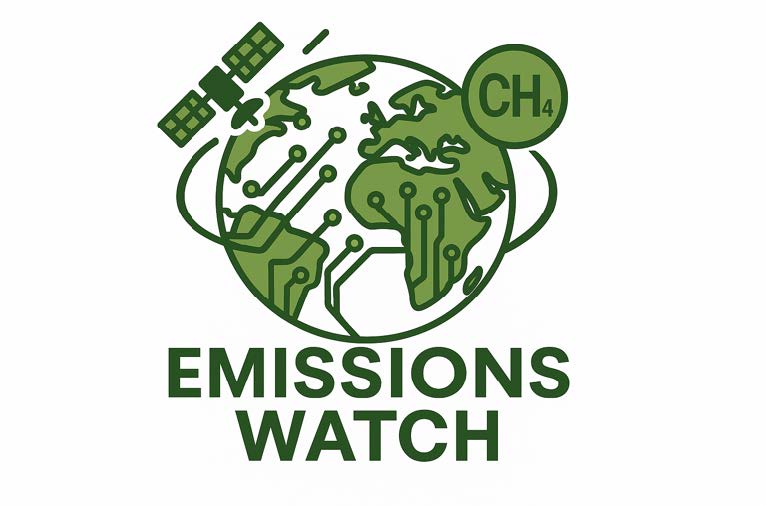
 Data Analytics, Insights & Applications
Data Analytics, Insights & Applications The UK government has implemented several policies and strategies to reduce methane emissions and achieve net-zero by 2050. However, without good data underpinning decision-making and action, the UK will fail to meet these targets. This solution will bridge the gap between existing satellite-based measurement data and operationally relevant, actionable information.
Greenhouse gas emissions linked to UK consumption are rising, driven largely by imported goods. Due to its high global warming potential, methane is a priority for action, as the potent greenhouse gas contributed around 16% of the UK’s territorial emissions in 2023. Agriculture, waste, and energy sectors accounted for 49%, 30%, and 8% of these emissions respectively. Methane also makes up an estimated 15% of emissions embedded in imports, largely from oil and natural gas—53 billion cubic meters imported in 2022 alone.
Over half of methane emissions are “fugitive,” meaning their sources and timing are unpredictable and so difficult to estimate or detect without frequent monitoring. Without robust data on methane sources, the UK risks missing its net-zero targets. Satellites offer a cost-effective, consistent way to for regular monitoring of methane emissions.
Emissions Watch delivers detailed mapping and monitoring of industrial greenhouse gas emissions using advanced satellite analytics and contextual facility data. It provides timely, actionable insights to support compliance, inform policy, and drive sustainable outcomes.
Government agencies are the target market for this service—both the United Kingdom and wider Europe.
In the United Kingdom, there are four specific needs:
The service will be primarily targeted towards the UK before being out to Europe and broader global markets.
Regulatory agencies include the UK Environment Agency, Scottish Environmental Protection Agency, Natural Resources Wales, North Sea Transition Authority, and the Office of Gas and Electricity Markets.
Policy bodies include Defra and DESNZ, as well as similar agencies across European governments.
Emissions Watch will provide a comprehensive view of methane emissions tied to specific facilities, allowing the tracking of emissions at the site level—Asset-Level Analytics—and portfolio level by type, sector, ownership, or geography for Executive Reporting.
The service will initially focus on methane from onshore oil and gas and waste facilities using artificial intelligence (AI) and satellite data to identify and map facilities.
By combining information from a range of public and private data sources, it will then connect these mapped locations with important details such as the type of facility and ownership information, creating a “Facility database”.
Finally, Emissions Watch will draw on remotely sensed satellite short-wave infrared data (GHGSat and Sentinel-2) to both detect and measure emissions and then link those measurements directly to the corresponding industrial facilities via machine learning.
The key areas of innovation brought by Emissions Watch include:
The activity held its Kick-Off meeting on the 4 September 2025.

